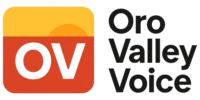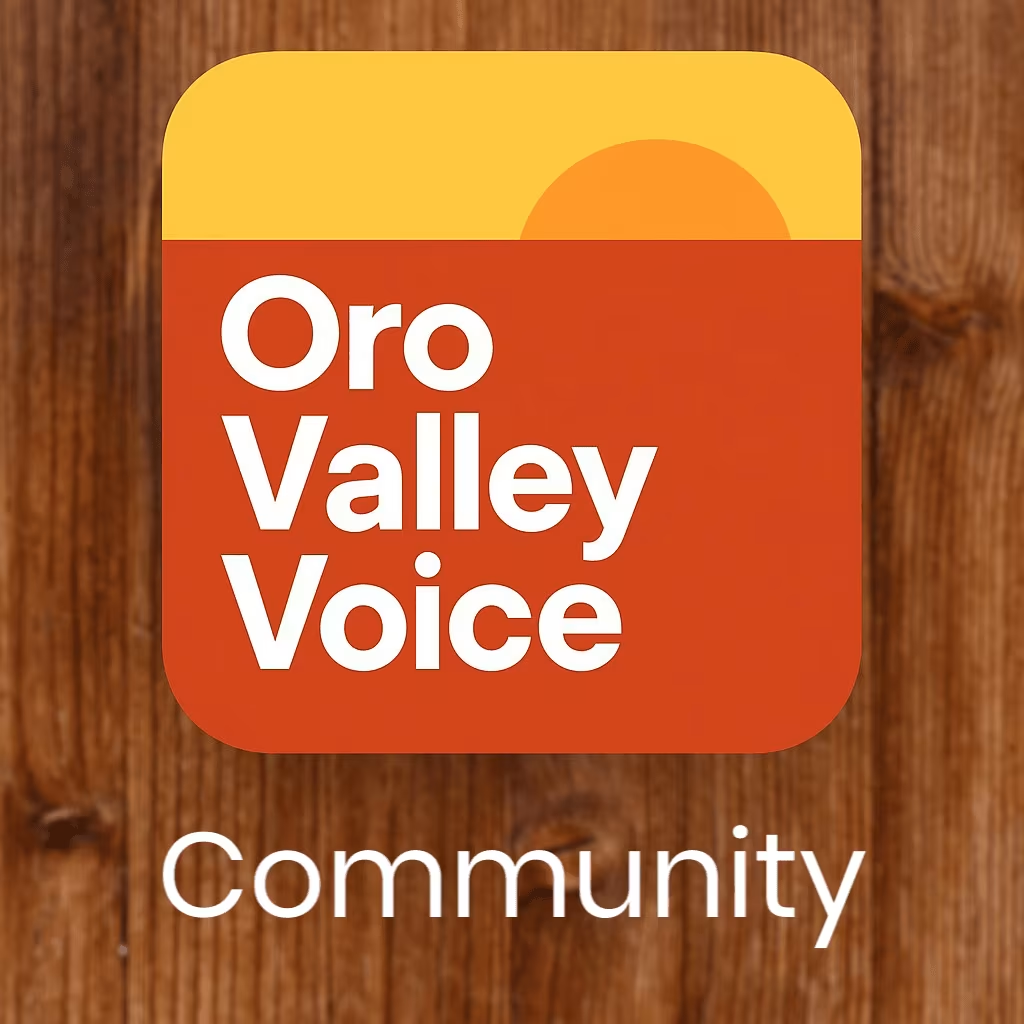New AARP Scam-Tracking Map Helps Americans Report and Avoid Fraud in Real Time
With more than one million cases of fraud reported to the government each year, protecting yourself from scams has never been more critical. In response to this growing threat, the AARP Fraud Watch Network has launched a powerful new tool, the Scam-Tracking Map. This free, interactive, and publicly accessible resource empowers Americans to report fraud, stay informed, and help others in their communities stay vigilant.
How the Scam-Tracking Map Works
The Scam-Tracking Map is an online tool that enables users across the U.S. to easily report scams and view fraud alerts in their area. Powered by Google Maps, the site allows users to pinpoint and browse real-time scam reports posted by residents and supported by alerts from law enforcement and public safety agencies, all organized by state. This feature gives visitors a clear picture of which scams are active locally, offering a first line of defense for consumers everywhere.
Keyword search and category filters allow users to explore scams by type, such as:
- Imposter scams
- Identity theft schemes
- Phishing emails and texts
- Fake charity solicitations
- Social Security fraud
A dropdown menu also makes it easy to view official scam alerts by state, keeping visitors informed of what’s happening in their region.
Why Community Reporting Matters
According to Nancy LeaMond, Chief Advocacy & Engagement Officer at AARP, “Scammers have demonstrated that they are highly adept at developing creative identity theft schemes, imposter scams, and other types of fraud. The Scam-Tracking Map will help people recognize these insidious schemes wherever they encounter them, via email, telephone, or even a knock at the door.”
And the data backs her up. The Federal Trade Commission received over 1.2 million fraud complaints in 2015 alone, with Americans losing more than $765 million to scams and fraud that year. The number has continued to climb, especially as online and phone-based scams evolve.
Empowering Users to Take Action
The Scam-Tracking Map is not only about awareness, it’s about action. Victims or targets of fraud are encouraged to submit a brief report of their experience directly on the map. This form of digital community policing helps others recognize the same scams before they’re affected.
In addition to community posts, the tool features helpful scam prevention tips, “Watchdog Alerts,” and educational materials to stay informed and safe. A promotional online video campaign accompanies the launch to raise awareness across platforms.
More Tools from the AARP Fraud Watch Network
Launched in 2013, the AARP Fraud Watch Network is a free resource for people of all ages. It offers:
- Up-to-date information about common scams and fraud tactics
- Expert-led prevention tips
- Educational quizzes and webinars
- Video content featuring Fraud Watch Ambassador Frank Abagnale
- “Watchdog Alert” emails delivering breaking scam news
- A toll-free Scam Helpline at 877-908-3360 staffed by trained volunteers
About AARP
AARP is a nonprofit, nonpartisan organization with nearly 38 million members dedicated to empowering people to live their best lives as they age. With offices in all 50 states, the District of Columbia, Puerto Rico, and the U.S. Virgin Islands, AARP advocates on issues like healthcare security, financial independence, and community well-being.
AARP is also a trusted source of information, publishing AARP The Magazine and AARP Bulletin, the world’s largest circulation publications. To learn more about AARP and its initiatives, visit www.aarp.org or follow @AARP and @JoAnn_Jenkins on Twitter.
To explore the Scam-Tracking Map or report a scam in your area, visit aarp.org/fraudwatchnetwork.

